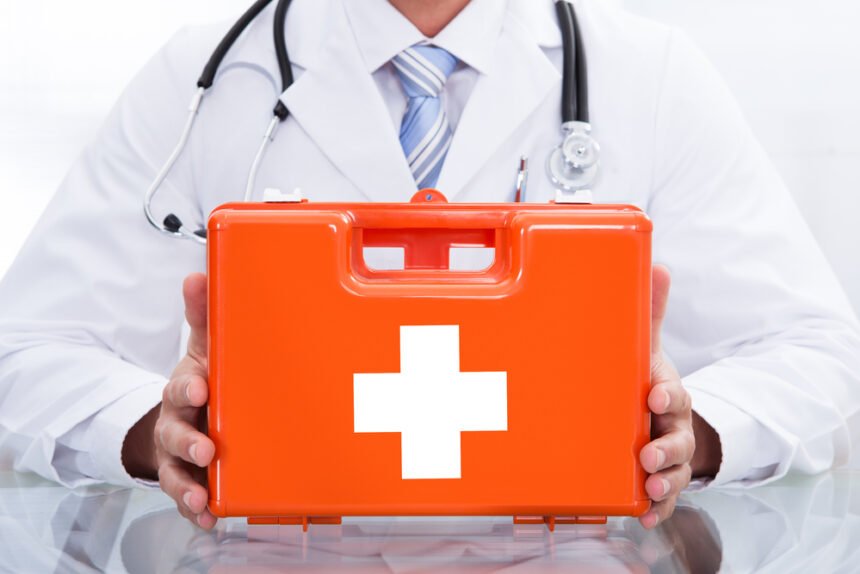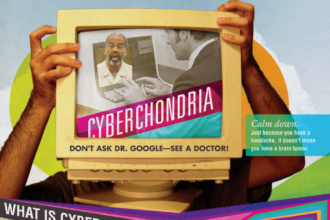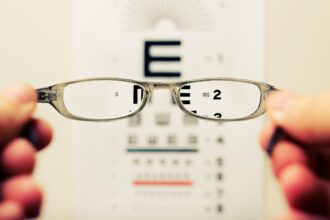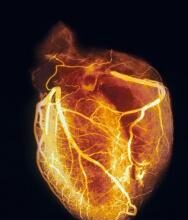Whilst not everyone needs to undergo first aid training, it can be incredibly useful to understand the basics and the initial treatment process. All the information you need, is right here.
It goes without saying, but first aid is vital. And, whilst not everyone can afford/needs to undergo first aid training courses, they are some basics that everyone should know. Why? Because first aid can literally save lives. Usually, first aid is the first stage of treatment, and can prevent a patient’s condition worsening.
You should seriously consider learning first aid if you want to know how to respond in an emergency. Skills training group first aid courses can help you learn what to do in various emergencies.
In this guide, we’re going to detail some of the basics of first aid training. Whilst we can’t provide the effective skill coverage that first aid training courses can, we’ll be able to provide you with some basic information surrounding first aid. Including the assessing process and what to do after an incident and initial treatment. Find out more, in this guide.
Assessing the Situation
So, those that are first aid trained are usually the first line of response when there is an accident or incident. The role of a first aider will involve assessing everything – the situation, the injuries, the best way of preventing infection and more. They first will need to assess the casualty, following DR ABC steps. Which are:
- Danger
- Response
- Airway
- Breathing
- Circulation
First Survey
These steps, listed above, include assessing if the casualty is safe to approach and begin treating, and there is no imminent danger. If the environment or area surrounding them is unsafe, first aid treatment should not be rushed into. The second step is about seeing if the casualty is responsive to sound or touch. Asking them questions or interacting with them physically (touching their shoulder, ear lobe or foot) to make sure they’re responsive.
The third stage is to make sure that their airway is open and clear. If they’ve been choking or have something lodged in their airway, it must be cleared before moving on the next step. At the breathing stage, first aiders will look, listen and feel to see if the casualty is breathing properly. If they’re unresponsive, resuscitation must be performed. The final stage of the assessment is to check their circulation – to check for any signs of severe bleeding.
The First Survey is to assess and treat any life-threatening conditions. Once the first aider has made it through the First Survey, they must move on to the Second Survey.
Second Survey
The second survey involves finding out about any existing medical conditions and medical history of the casualty, as well as assessing their symptoms and signs of injury on their body. Let’s start with the initial Medical History questioning. AMPLE:
- Allergies
- Medication – what medication are they taking?
- Previous medical history
- Last meal they ate (when not what)
- Event history – what happened?
Then, after the medical history questions, it’s important for first aiders to ask them about the symptoms they’re feeling. Are they in any pain, if so, can they describe it. What alleviates the pain and what makes it worse. Finally, when did the pain start.
Finally, the last step of the second survey, is to check for signs of injuries over the body. This is where first aiders must be sensitive and discreet, asking permission from the casualty, as sometimes clothes must be loosened, opened, cut or removed. This head-to-toe examination will include examining everything from the breathing and pulse, right down to their toes. Including loss of sensation in limbs, any burns, abrasions or cuts they may have, the colour and temperature of their skins, signs of fractures or breaks, and more.
These two surveys are vital, as it’s important for first aiders to treat, assess and decide whether an ambulance is required. Sometimes, the casualty can be well enough to make their own way to hospital – to be assessed by a medical professional.
Assessing the need for an Ambulance
Life we’ve said above, it’s part of the first aider’s role to assess whether a casualty needs an ambulance. The First Survey should only be carried out of the area is safe, however, if it isn’t, an ambulance should be called. In the event that a person’s injuries and severe, again an ambulance should be called right away. However, if the condition is unclear, a first aider will perform the necessary assessments to decide.
When a first aider calls for an ambulance, they will have to provide the following to the emergency services:
- The first aider’s name
- A description of the person’s condition and/or casualties
- The first aider’s contact number
- The precise location of the incident
- A brief description of the incident (type and severity)
- Information on any hazards – including damaged powerlines, gas and bad weather conditions
The first aider may not always be the one to call the ambulance, as they may be treating the casualty. If you or someone else is the one to call the emergency services, you will have to relay the information above, giving your own name and contact number instead. You will have to communicate with the first aider about the severity of the condition. Its key to provide clear and concise information on the incident – time is of the essence.
In the UK the emergency services contact number is 999 or 112 – you must ask for an ambulance.
If no Ambulance is required
If a first aider deems that an ambulance isn’t necessary, the casualty can get in a taxi or be taken by someone in a car. If it’s a fairly serious injury (but not life threatening), immediate treatment is required, so the person should make their way to A&E. If their condition is not urgent, first aiders should suggest that the casualty call their doctor ASAP to arrange an appointment or travel to an NHS walk-in centre.
First aiders play a vital role in keeping casualties from progressing and worsening. They are fully trained and qualified to provide first aid to those in need. First aid training courses save lives, and whilst not everyone has to be qualified, if you decide to undergo one, you could save lives.









